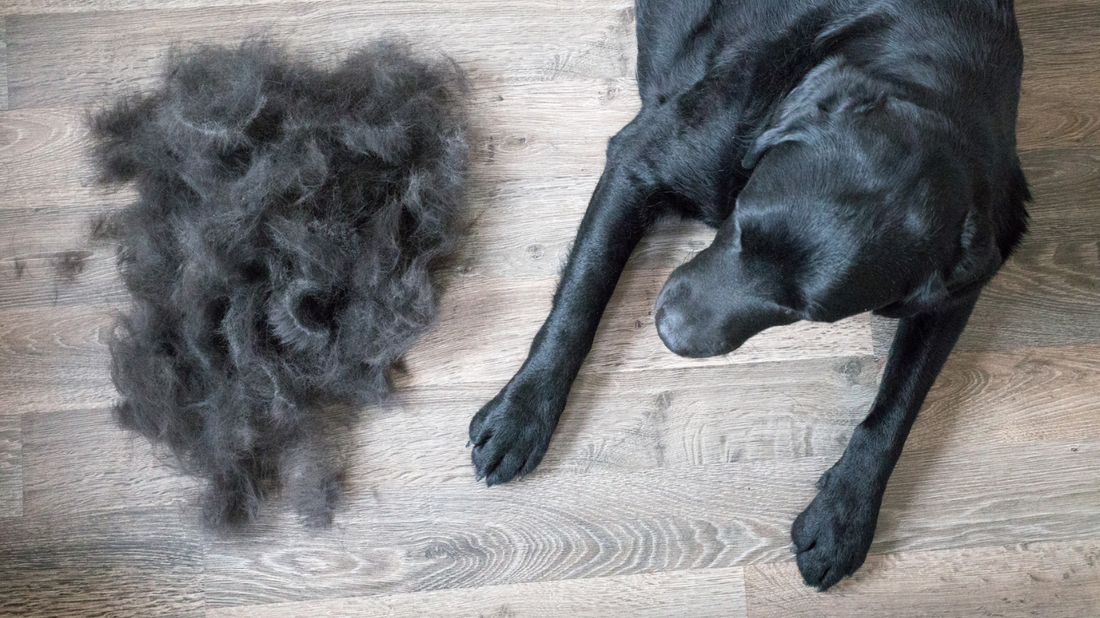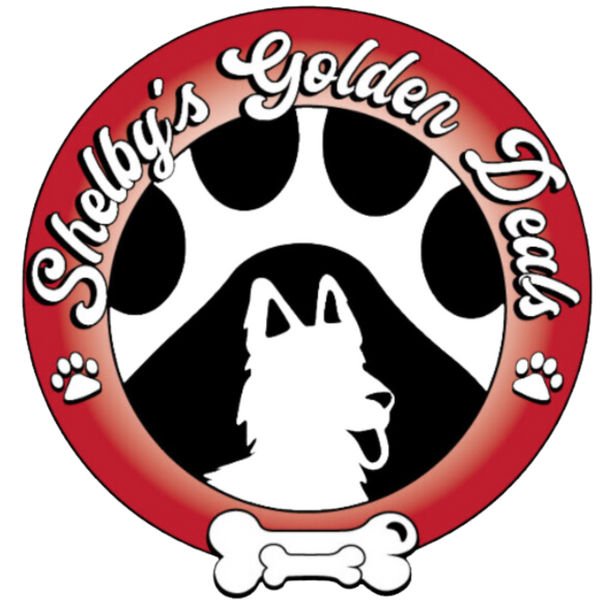
Everything About Dog Shedding
Share
Autumn is here and usually the second shedding cycle of the year along with it, as a proud pet parent, you’re likely well-acquainted with the furry phenomenon known as shedding! Some breeds, like Poodles, barely shed a hair, while others, like Siberian Huskies, seem to release a fluffy storm. Shedding is completely normal—it’s nature’s way of helping our furry friends shed their old winter or summer coats to make way for new, seasonally appropriate fur. Let’s dive into the wonderful yet messy world of dog shedding!

Why Do Dogs Shed?
Every strand of fur on your dog has its own life cycle, which includes three fun phases:
- Anagen Phase: The hair is actively growing—go, hair, go!
- Catagen Phase: The hair decides it’s time to take a break and stops growing.
- Telogen Phase: The hair says, “Time to go!” and falls out to make room for fresh new hair.
When your pup’s hair reaches its destined length, shedding happens. If this shedding occurs in one big, fluffy swoop in the undercoat, you’ll experience what’s affectionately known as “The Shed.” Breeds like Siberian Huskies are notorious for “blowing their coat” twice a year, leaving pet parents to wonder if a vacation to escape the fluff is in order!
When Is Dog Shedding Season?
Back in the day when dogs lived outdoors year-round, shedding was mostly limited to spring and fall. But now, with our beloved indoor pups, you might find fur flying all year long! Your dog’s breed plays a role, too—if you have a double-coated breed like a Golden Retriever or Pomeranian, get ready for extra fur during those seasonal transitions.
But wait—factors like allergies, diet, and stress can also amp up the shedding. While most shedding is perfectly normal, unusual patterns (like patchy fur or bald spots) might be a sign to visit the vet.
Highest and Lowest Shedding Breeds
While no dog is entirely low-maintenance, some breeds shed less than others. Here’s a quick guide:
Hairless Dog Breeds
As you can guess, hairless breeds don’t shed at all and require minimal grooming. Just be sure to protect them from sunburn and chilly weather!
- American Hairless Terrier
- Chinese Crested Dog
- Peruvian Inca Orchid
- Xoloitzcuintli
Low-Shedding Dog Breeds
Some popular breeds are light shedders, perfect for allergy sufferers. Many of these cuties have hair instead of fur, making them more prone to mats.
- Basenji
- Bichon Frise
- Italian Greyhound
- Maltese
- Miniature Schnauzer
- Poodle
- Portuguese Water Dog
- Scottish Terrier
- Shih Tzu
- Yorkshire Terrier
High-Shedding Dog Breeds
Think big dogs with long coats shed the most? Think again! Some small, short-coated breeds are surprisingly heavy shedders.
- Akita
- Alaskan Malamute
- Beagle
- Chow Chow
- German Shepherd
- Golden Retriever
- Great Pyrenees
- Labrador Retriever
- Pembroke Welsh Corgi
- Pug
- Saint Bernard
- Siberian Husky
How to Keep Your Dog from Shedding Excessively
While you can’t completely stop shedding (sorry, it’s a natural process), you can certainly manage it! Here are some fun tips to reduce that fluff flying around your home:

1. Brush Every Day
Make it a daily ritual to brush your dog! Not only does it remove loose hair, but it also helps distribute those natural oils, making their coat softer and shinier. Healthy hair is more likely to stick around (and not end up on your couch)!
Using the right tools is key. A dog shedding rake is your best friend, as it removes dead hair from the undercoat without damaging the outer coat. Dogs that shed heavily can also benefit from slicker brushes, grooming gloves, and mat removers. For short-haired pups, a quick comb-over with a curry brush does wonders. The best time to bring out the heavy-duty grooming tools is late winter and mid-fall—just before the new coat starts to grow in!

2. Feed a Healthy Diet
Keep your furry friend’s diet in check! Make sure it includes enough fatty acids and digestible protein. Dogs with food allergies are prone to shedding, so be mindful of dietary restrictions. And don’t forget to keep that water bowl full—hydration is essential for a healthy coat!
You might also consider adding a splash of olive oil or flaxseed oil to their food for those essential Omega-3 fatty acids. Your pup will thank you!

3. Bathe Frequently
Give your pup a nice bath, working that shampoo into a luxurious lather to wash away loose hair. Once they’re clean, dry them off with a towel to soak up all that extra water.

4. Control Pests on Your Pet
Pests like fleas and ticks can cause irritation, leading to increased shedding. Keep those pesky critters at bay with proper flea and tick control. If you have trouble managing pests or suspect skin issues, don’t hesitate to consult your vet.
Final Thoughts
Shedding is a natural part of being a dog! By understanding when and why it happens, investing in the right grooming tools, and providing a healthy diet, you can keep both your pup and your home clean and happy through every shedding season! 🐶✨


